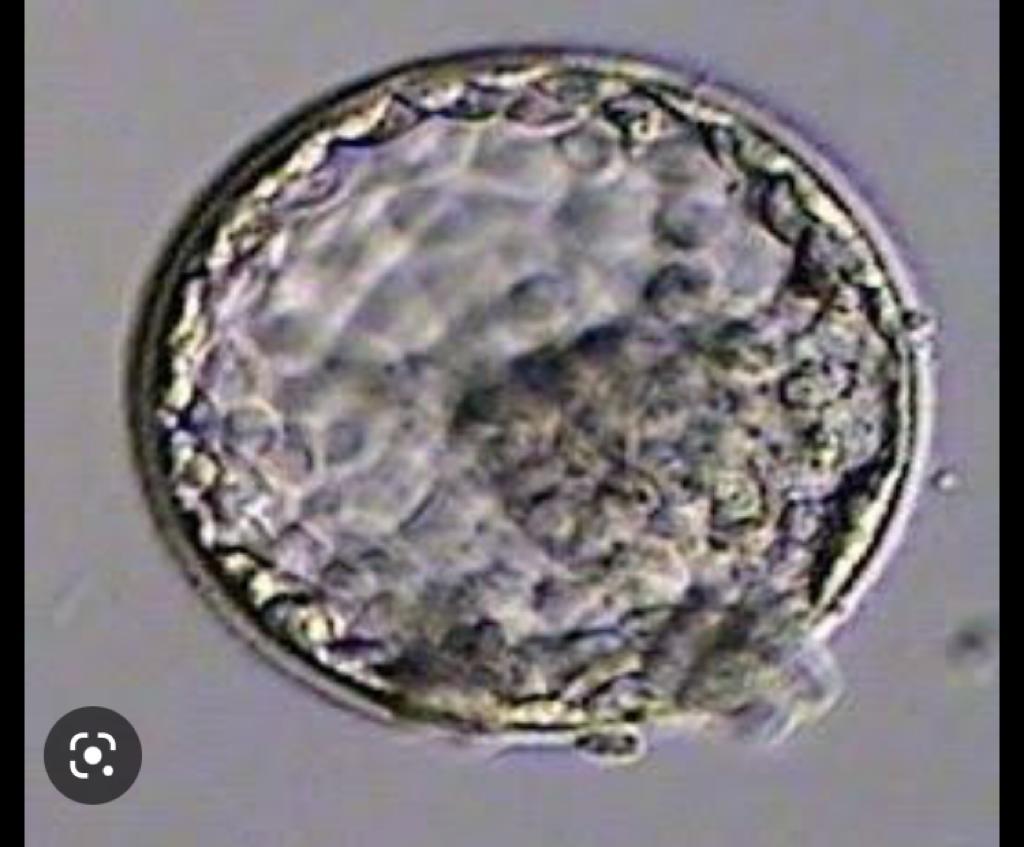Preparing for a FET might cause couples with unsuccessful IVF rounds to feel unsure, anxious, and afraid
Thankfully, prior embryo transfers or IVF efforts may supply a lot of embryos for subsequent tries for those who have already had one (or more) IVF cycles and have preserved frozen embryos.

Frozen embryo transfers are a popular choice for fertility professionals, specialists, and couples who had previous failed IVF. An IVF-FET has a 10 percent higher chance of resulting in a live delivery than a fresh embryo transfer
It is crucial to prepare the uterus for frozen embryo transfers. Doing so correctly is vital to enhance your chances of having a healthy live delivery after an IVF FET procedure.
The frozen embryo transfer or FET procedure will start when you're ready to conceive. A uterus ultrasound is performed at the beginning of the procedure to check on its health. To prepare your uterus for implantation, you might have to take medicine.
After the fertility specialist has determined that you are ready for the FET process, the embryo will then be put into the uterus to be implanted.
The procedure for embryo transfer is comparable to an IVF procedure. To maintain the vaginal walls open, your doctor will introduce a speculum into the vagina. In the next step, the doctor will precisely introduce a tube into the womb via the cervix while utilizing ultrasound. The uterus receives the embryos after being transferred there through the tube.
After the first freezing process, embryos may be kept viable for over ten years, sometimes even longer. You may decide to go through with a FET cycle after a fresh IVF round that has failed, as your first transfer following freezing your embryos, or if you have accomplished a successful fresh embryo transfer IVF cycle and are now ready to grow your family.
In addition to being less expensive, a FET cycle has the following advantages:
In place of stimulating drugs, patients utilize estrogen and progesterone for thickening their uterine lining, enabling implantation of the transferred embryo. There is also no need for anesthesia during egg retrieval because the stimulation phase is completed in a previous cycle.
FET cycles are usually less exhausting than fresh cycles because aspects like the response to stimulation, egg growth, and embryo development are acknowledged all through the fresh embryo transfer. Only good blastocyst-stage embryos are frozen at the Sree Krishna Centre for Fertility. It gives patients a good chance of success with a FET cycle. Fewer cycle dropouts also make cycles more predictable. The cycle beginning date will be based on the day the patient chooses for their transfer, which they may do months in advance.